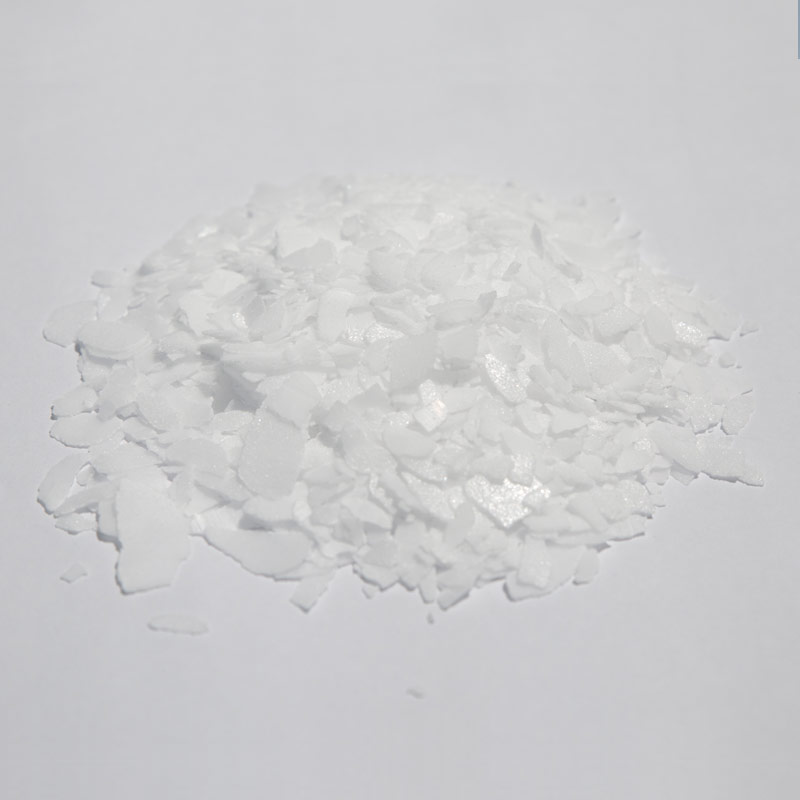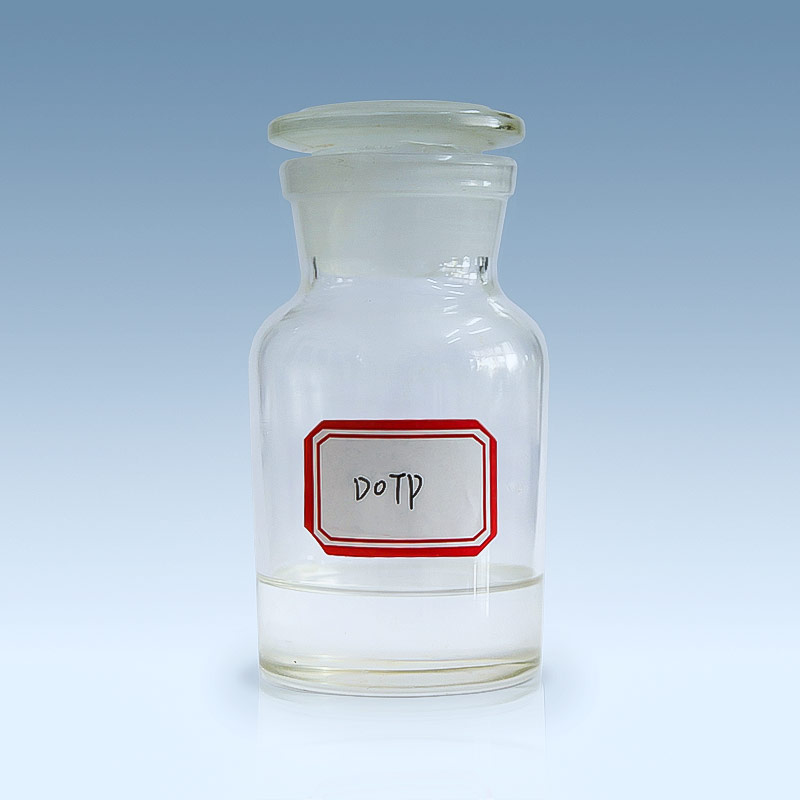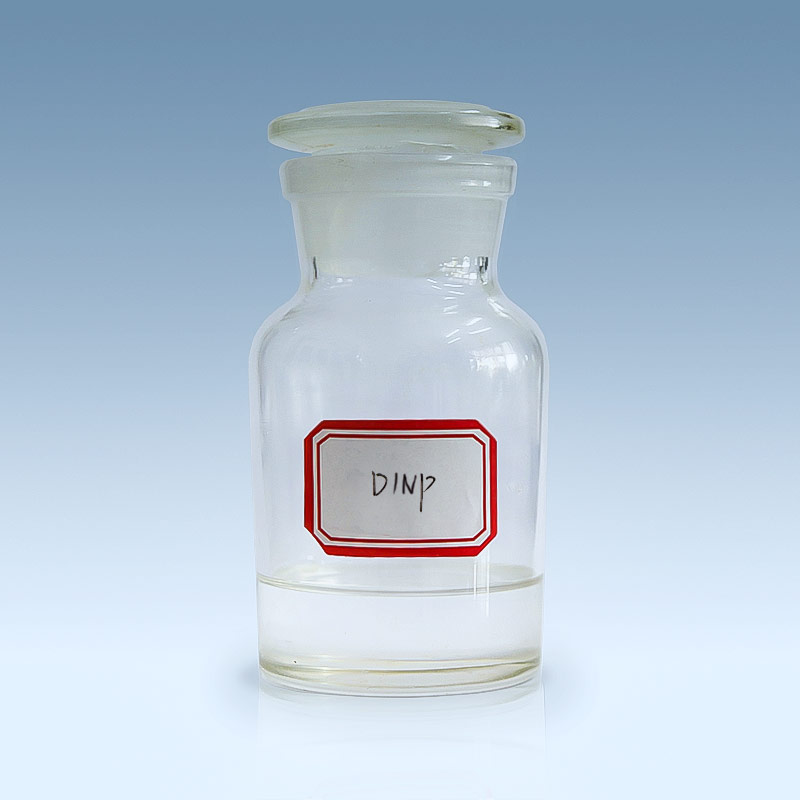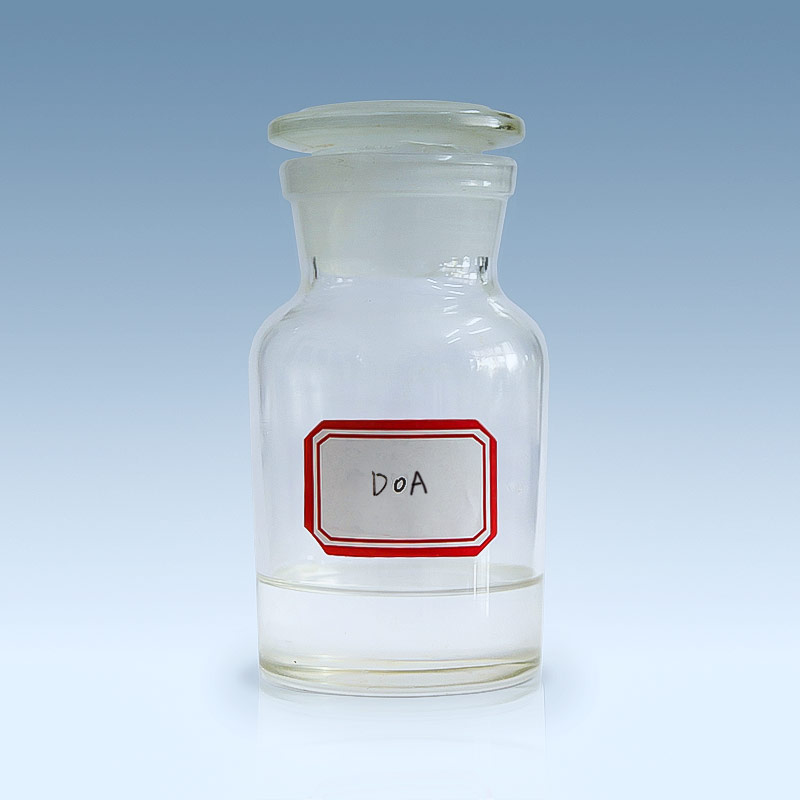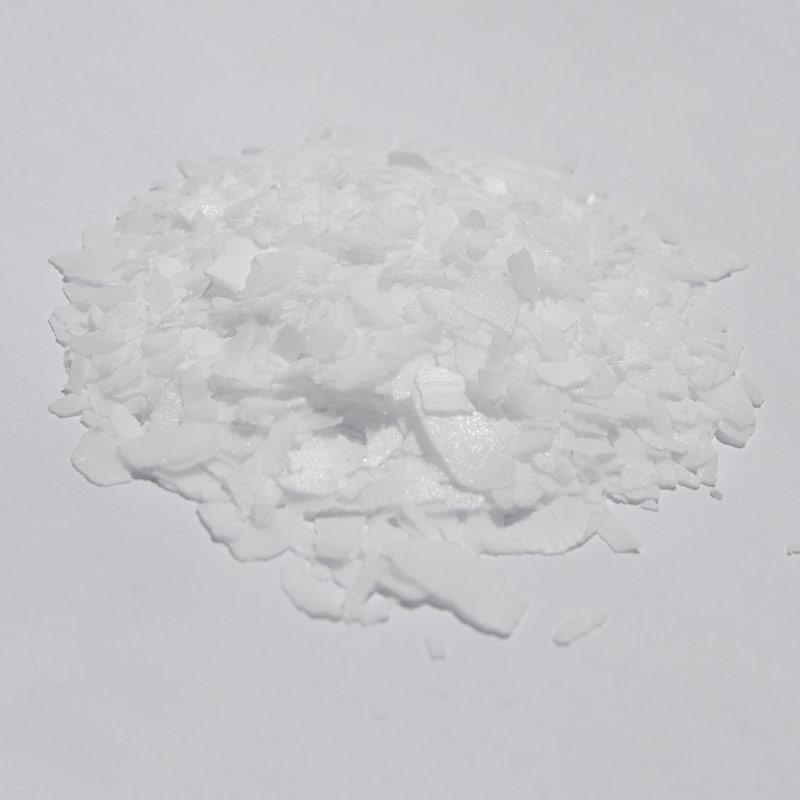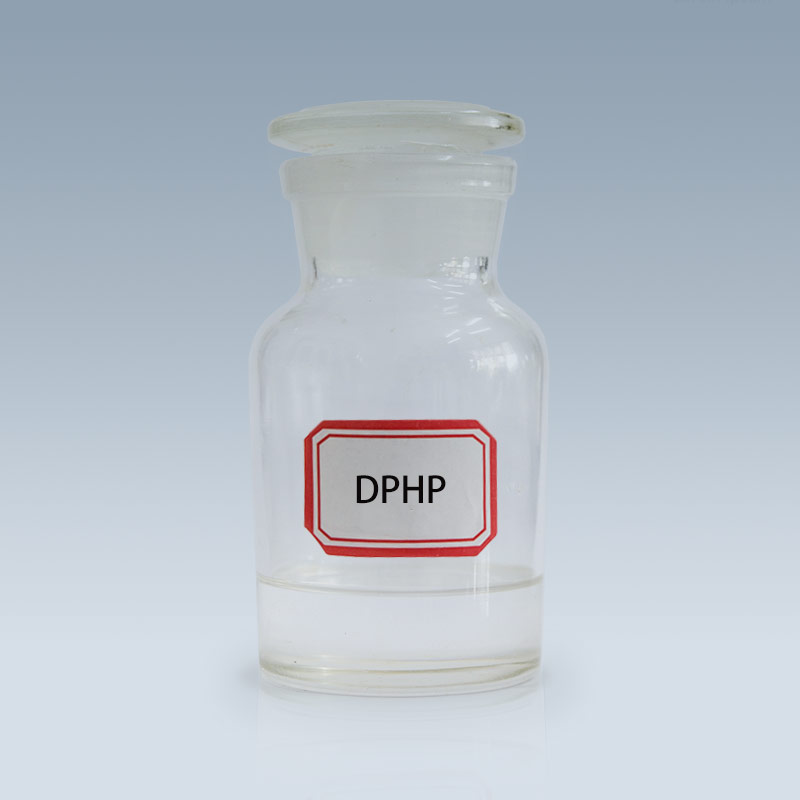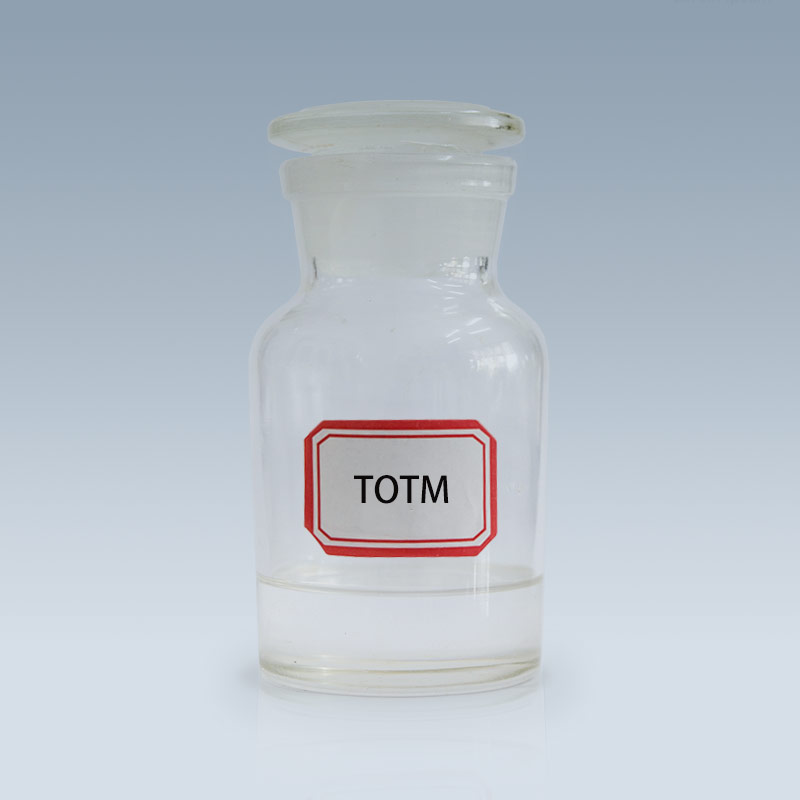Key Positive Aspects and Applications
The value of Phthalic Anhydride stems from its role as a precursor, leading to products that offer enhanced durability, flexibility, and performance. Its most significant applications are in the manufacture of plasticizers, resins, and specialized dyes and pigments.
1. The Dominance in Plasticizers
The primary and largest application of PA is in the production of phthalate esters, which serve as plasticizers for polyvinyl chloride (PVC). This is arguably the most crucial positive contribution of PA to modern materials science:
- Enhanced Flexibility and Durability: Phthalate plasticizers are essential additives that convert rigid, brittle PVC into flexible, workable, and durable materials. This characteristic is vital for products like electrical wire and cable insulation, roofing membranes, medical devices (such as blood bags and tubing), and a vast array of consumer goods.
- Performance in Critical Sectors: By enabling the flexibility and longevity of PVC, PA-derived plasticizers are foundational to the construction, automotive, and electrical/electronics industries, ensuring materials can withstand varying conditions and prolonged use.
2. Essential for Resins and Coatings
Phthalic Anhydride is a core ingredient in the production of two major classes of resins, providing essential properties to coatings and composite materials:
- Unsaturated Polyester Resins (UPR): PA is a key diacid component in UPR, which are often reinforced with glass fibers to create Fiberglass-Reinforced Plastics (FRP). These composites are highly valued for their excellent strength-to-weight ratio, chemical resistance, and durability, making them essential for marine, construction (e.g., bathtubs, panels), and automotive parts.
- Alkyd Resins: These resins, synthesized using PA, are the basis for many high-performance solvent-based paints and coatings. They offer superior adhesion, gloss retention, and weather resistance, crucial for architectural finishes, machinery, and furniture coatings.
3. Special-Purpose Chemicals: Dyes and Pharmaceuticals
Beyond its massive consumption in the plastics sector, PA is a versatile building block for various specialty chemicals:
- Vibrant Dyes and Pigments: It serves as a precursor for the synthesis of important colorants, including the highly stable phthalocyanine pigments (known for their brilliant blue and green hues) and various anthraquinone, phthalein, and xanthene dyes. This is critical for the textile, paint, and printing industries.
- Pharmaceutical Intermediates: PA is used in the synthesis of certain organic compounds and intermediates, including phthalimide, which is a key building block in the creation of various pharmaceutical products and agrochemicals.
Production and Market Outlook
Phthalic Anhydride is primarily manufactured through the catalytic vapor-phase oxidation of ortho-xylene or, less commonly today, naphthalene. The ortho-xylene route is generally favored due to cost efficiency and lower by-product formation.
The global market for PA remains robust, driven largely by continuous growth in the construction and automotive sectors, particularly in the Asia-Pacific region. The sustained demand for flexible PVC products, as well as high-performance resins and coatings, continues to underscore the critical role of PA in industrial manufacturing.
In summary, Phthalic Anhydride is a high-utility chemical intermediate whose positive impact is seen through the improved performance, durability, and versatility of essential modern materials, from flexible plastics to resilient coatings and specialized colorants.



 English
English 中文简体
中文简体